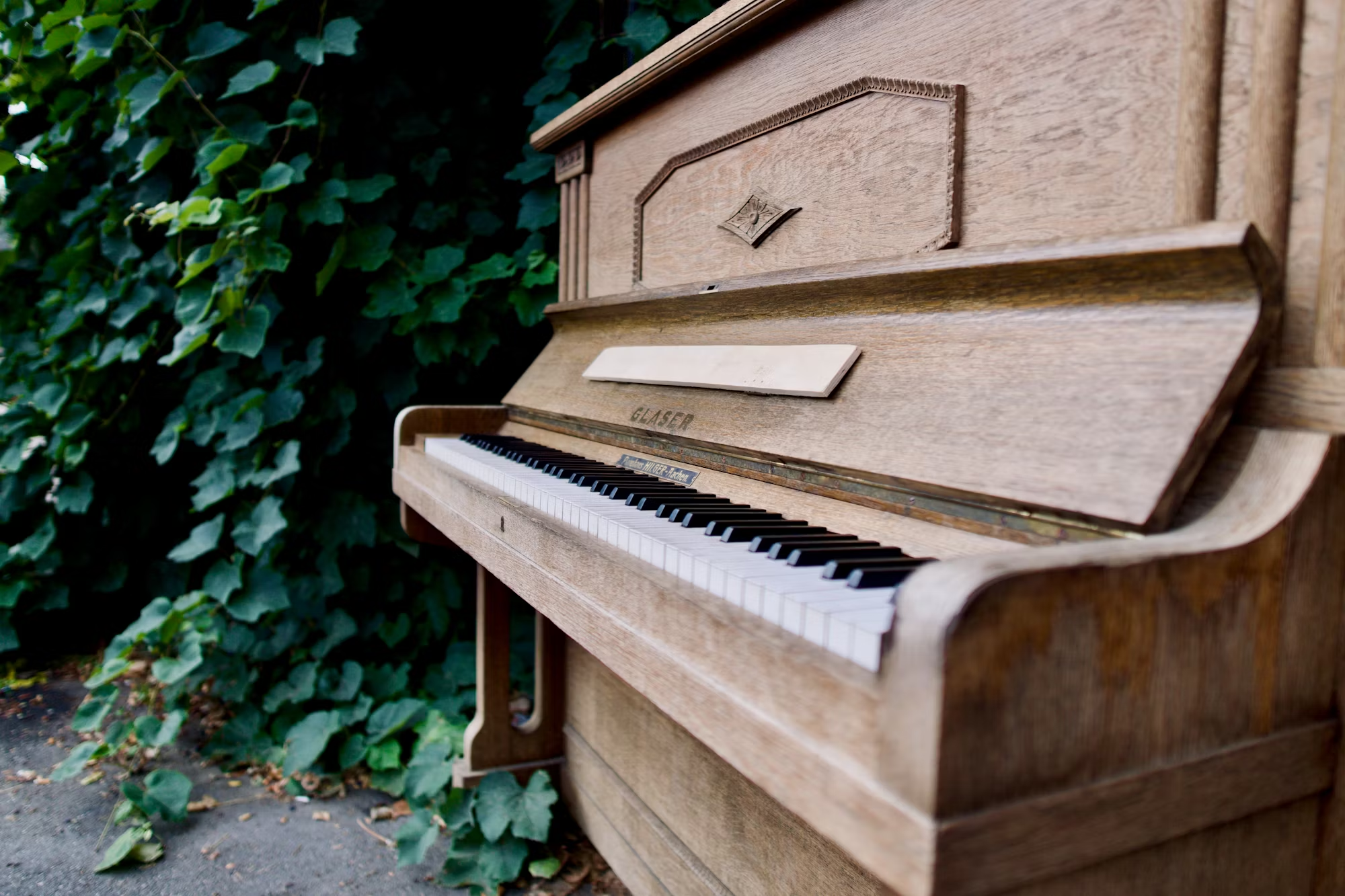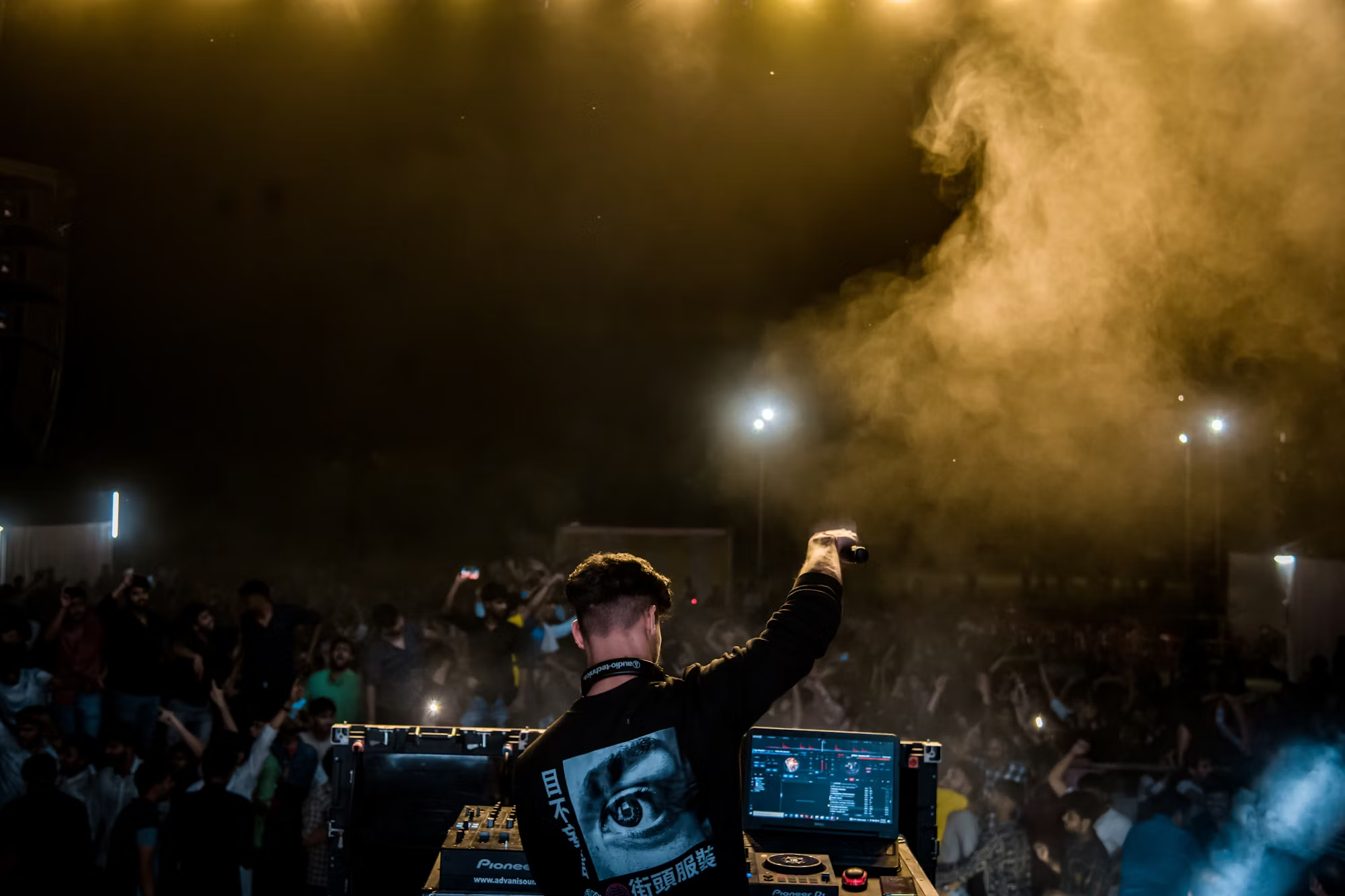Piano improvisation is a captivating art form that has enchanted musicians and audiences alike for centuries. The ability to spontaneously create music on the piano requires not only technical skill but also a deep understanding of musical theory, emotion, and the interplay of sound. This article explores the historical roots of piano improvisation, its key techniques, and its significance across various musical genres, demonstrating why it remains a vital aspect of musical expression today. The origins of improvisation can be traced back to the early days of music itself. In ancient cultures, musicians often improvised melodies and rhythms during performances, relying on oral traditions and the shared knowledge of musical forms. As music evolved, so did the role of improvisation, particularly in Western classical music. During the Baroque era, composers like Johann Sebastian Bach and George Frideric Handel often incorporated improvisation into their performances. Bach, renowned for his virtuosic keyboard skills, frequently improvised complex counterpoints during concerts. His ability to weave intricate melodies and harmonies showcased not only his technical prowess but also his deep understanding of musical structures. This era laid the groundwork for future generations of pianists, emphasizing the importance of improvisation in live performance. As we moved into the Classical and Romantic periods, the role of improvisation continued to flourish. Composers such as Wolfgang Amadeus Mozart and Ludwig van Beethoven frequently engaged in improvisational performances. Mozart, known for his quick wit and charming style, often entertained audiences with impromptu variations on familiar themes. His improvisational skills were legendary, and they contributed to his ability to compose effectively on the spot. Beethoven, on the other hand, used improvisation as a means of exploring his emotional depth, often experimenting with thematic material during his performances. This tradition of improvisation not only showcased a pianist’s technical abilities but also allowed for personal expression and connection with the audience. The 19th century saw the emergence of the Romantic movement, which further elevated the significance of improvisation. Composers like Frédéric Chopin and Franz Liszt redefined the boundaries of piano music, emphasizing emotional expression and virtuosic technique. Chopin’s nocturnes and études, often performed with a sense of spontaneity, allowed pianists to explore a range of emotions through improvisational interpretation. Liszt, known for his flamboyant playing style, often improvised during concerts, captivating audiences with his technical brilliance and emotional depth. His approach to improvisation not only showcased his extraordinary skills but also highlighted the piano’s potential for storytelling through music. In addition to classical music, jazz emerged in the early 20th century as a genre where improvisation played a central role. Jazz pianists like Duke Ellington, Thelonious Monk, and Bill Evans transformed the landscape of music through their improvisational skills. Ellington’s ability to weave intricate melodies and harmonies during performances showcased the piano’s versatility within a jazz ensemble. Monk’s unique approach to rhythm and harmony challenged conventional jazz structures, inviting a sense of spontaneity that resonated with audiences. Bill Evans, known for his lush harmonies and subtle interplay, brought a new level of sophistication to jazz piano improvisation, influencing countless musicians who followed. The essence of jazz improvisation lies in its spontaneity, where musicians engage in a musical conversation, responding to each other in real time. This dialogue creates an atmosphere of excitement and unpredictability, allowing each performance to be unique. The emphasis on individual expression and the freedom to explore musical ideas contribute to the richness of jazz improvisation, making it a dynamic and ever-evolving art form. Contemporary piano improvisation continues to thrive, drawing from the rich traditions of classical, jazz, and popular music. Artists like Ludovico Einaudi and Yiruma have gained international acclaim for their emotive compositions, which often incorporate improvisational elements. Einaudi’s minimalist approach invites listeners into a meditative space, while Yiruma’s lyrical melodies evoke a sense of nostalgia and yearning. Both artists demonstrate how improvisation can enhance the emotional impact of their music, allowing audiences to connect deeply with the performance. In addition to individual artists, the rise of technology has transformed the landscape of piano improvisation. Digital platforms and social media have allowed musicians to share their improvisational skills with a global audience. Online tutorials and collaborations provide aspiring pianists with valuable resources to explore improvisation techniques, fostering a community of musicians eager to learn and grow. The accessibility of technology has also led to innovative approaches, where pianists can experiment with various styles, blending classical, jazz, and contemporary influences. The art of improvisation on the piano involves a combination of technique, intuition, and emotional connection. Pianists often rely on their understanding of scales, chords, and musical forms to guide their improvisations, allowing them to explore new ideas while staying rooted in musical tradition. The ability to listen attentively and respond to the emotional nuances of the moment is equally important, as improvisation thrives on the interplay between the musician and the audience. Furthermore, the significance of piano improvisation extends beyond individual expression; it fosters collaboration among musicians. Ensemble performances often rely on improvisation, as musicians interact and build upon each other’s ideas in real time. This collaborative spirit enhances the creative process, allowing musicians to explore new dimensions of their art. The ability to improvise effectively requires not only technical skill but also a willingness to embrace spontaneity and risk-taking, which can lead to unexpected musical discoveries. In conclusion, piano improvisation is a captivating and essential aspect of musical expression, with deep roots in various genres and traditions. From the classical masters of the past to the contemporary artists of today, the ability to create music spontaneously on the piano enriches the musical landscape. The blend of technique, intuition, and emotional connection continues to inspire musicians, inviting them to explore the limitless possibilities of improvisation. As we celebrate the magic of piano improvisation, we recognize its enduring significance in shaping the future of music and its capacity to connect musicians and audiences in profound ways.

Posted inBright Ideas Work Space

